PM, Local Officials Discuss Damage Caused by Bad Weather in Požega
ZAGREB, 30 Aug 2021 - Prime Minister Andrej Plenković on Sunday visited Požega to discuss with local officials the removal of damage caused by torrential rain and hail in that Slavonian city in June and July, after which he attended a local folklore festival.
"The government has backed right away all counties and cities affected by bad weather, securing funds for the removal of damage," Plenković said ahead of talks with local officials, adding that the talks would also focus on economic development.
The government has allocated HRK 20 million (€2.66 million) for the removal of damage caused by bad weather in the area of Požega. According to preliminary data, torrential rain and hail that hit the area at the end of June and in July have caused damage to family houses, crops and commercial facilities in the amount of HRK 70 million (€9.33 million).
Accompanying Plenković on his visit were Defence Minister Mario Banožić and Regional Development and EU Funds Minister Nataša Tramišak.
For more on politics, CLICK HERE.
Temperatures in Croatia to Reach Summer Levels this Week
14 June 2021 – After unstable weather throughout spring, Croatians and their guests are finally going to see summer weather, perfect for the beach. A look at temperatures in Croatia this week.
Croatians, especially along the coast, have been complaining about relatively cool May. By June, the coastal region of Dalmatia is usually seeing busy beaches and plenty of people enjoying the warm Adriatic Sea. This year, however, temperatures are rising slowly and the weather has been quite unstable. This is about to change according to index.hr. During the week we are to see rising temperatures across Croatia exceeding 30°c for the first time this year.
Monday will most probably remain unstable with windy and cool weather in the areas of high elevation and northern Bura wind potentially very strong around the Velebit Mountain region. The remainder of the week will be more stable with rising temperatures. We are to see true summer temperatures in Croatia. Already on Monday, we are expecting daily values in Central Croatia to reach 23°c-25°c, while those in Dalmatia will be reaching daily highs of 26°c-28°c. As it stands now, many Croatians and foreign visitors to the country will enjoy true beach weather this week. Many will be relieved after struggling with chilly waters and fickle weather throughout may and the beginning of June.
Potential for Heat Wave
All is not well for those without a high tolerance for heat. Croatia might be getting the first heatwave of the year. These instances of hot weather that border on unhealthy levels are nothing unusual in Croatia. Every summer there are days when government warnings about health hazards tied to high-temperature exposure need to be broadcasted. The danger of heatstroke and sunburn are all too real during the hottest days on the Croatian coast. If you are visiting Croatia in the second half of the week, make sure to pack plenty of sunscreen and water. Locals will just be happy to finally be able to switch completely to summer clothes.
For more information to help you make the best of your Croatian holiday, check out our travel section.
Goodbye Croatia's Snow - Country This Week to Bask in 15°-17° Temperatures
February 3, 2021 – Hikers and walkers who have been enjoying postcard-pretty panoramas of the country's blanketed landscape may struggle to catch similar scenes this weekend. Most of Croatia's snow is set to melt away throughout this week, with some parts of the country basking in daytime high temperatures of between 15° - 17°
While Croatia's snow has been the cause of some difficult travelling conditions over recent weeks, particularly by road, the pristine blanket of white left across the ground has proven to be an irresistible draw to those who like to get out-and-about. Beautiful photography has appeared of the country's nature and a landscape covered by Croatia's snow, and scenes of youngsters enjoying sledging and snowball fights – much more heart-warming than the chilly climes themselves.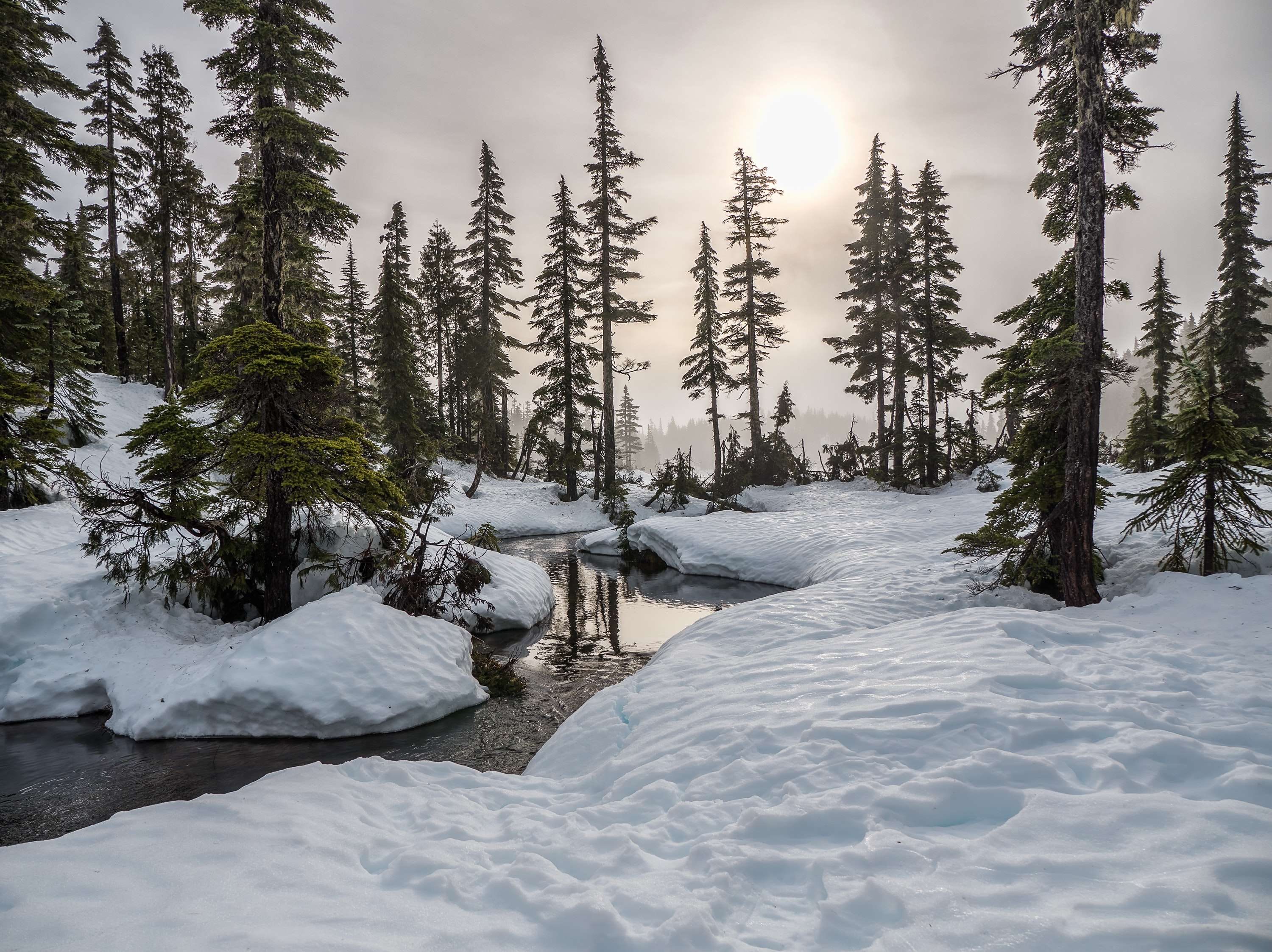
Most of the country will have to this week wave goodbye to the snowman still standing in the front garden as a rapid increase in temperatures is predicted to visit much of the country. Croatia's snow will struggle to survive unusually warm daytime highs of between 15° - 17°
An increasingly hot south wind will cause a rise in temperature even more pronounced than that experienced ten days ago, when Zagreb broke the date record for January 22 with a high of 15.7° C. In the second half of the week, temperatures are predicted to rise to 16°, in some places possibly closer to 20° C
The results of the rising temperatures may not be entirely pleasant – fog will persist in some areas during the mornings, with lower-lying continental areas most affected. Rain and cloud will accompany the temperature change elsewhere, further dwindling Croatia's snow.
The warmest areas should be the Dalmatian coast and islands, with a little frost still persisting in the Dalmatian hinterland. Rain is predicted in Kvarner for the weekend. It will be warmer and sporadically sunny on the mainland from Thursday, with an average morning temperature guessed to be between 5 to 8° C and daily temperatures of above 10° C. Moreover, on Saturday in central Croatia the temperature should probably rise to 17° C.
Those who are not yet ready to say goodbye to Croatia's snow needn't despair. Winter doesn't officially end until 20 March, so there's plenty of time left for another cold snap. And, existing snow will linger in mountainous areas for anyone wishing to go and take in the spectacular scenes. “Hajdemo u planine!”
Falling Snow Causes Treacherous Conditions on Croatian Roads
January 25, 2021 – Released images show falling snow is causing extremely difficult conditions on some Croatian roads, both motorways and state roads, with the mountainous regions of Lika and Gorski Kotar most affected
Any optimists living in Zagreb could be forgiven for thinking winter was over. Over a succession of two days last week they were basking in the relatively balmy daytime temperatures of 16 degrees. The sun shone brightly, the boots stayed indoors and lighter jackets were thrown on to visit the shops. Not everyone in Zagreb is an optimist, though. And those with an experience that is greater than their hope knew the reality of the situation; Croatia's winter can turn round at any moment to bite you in the ass.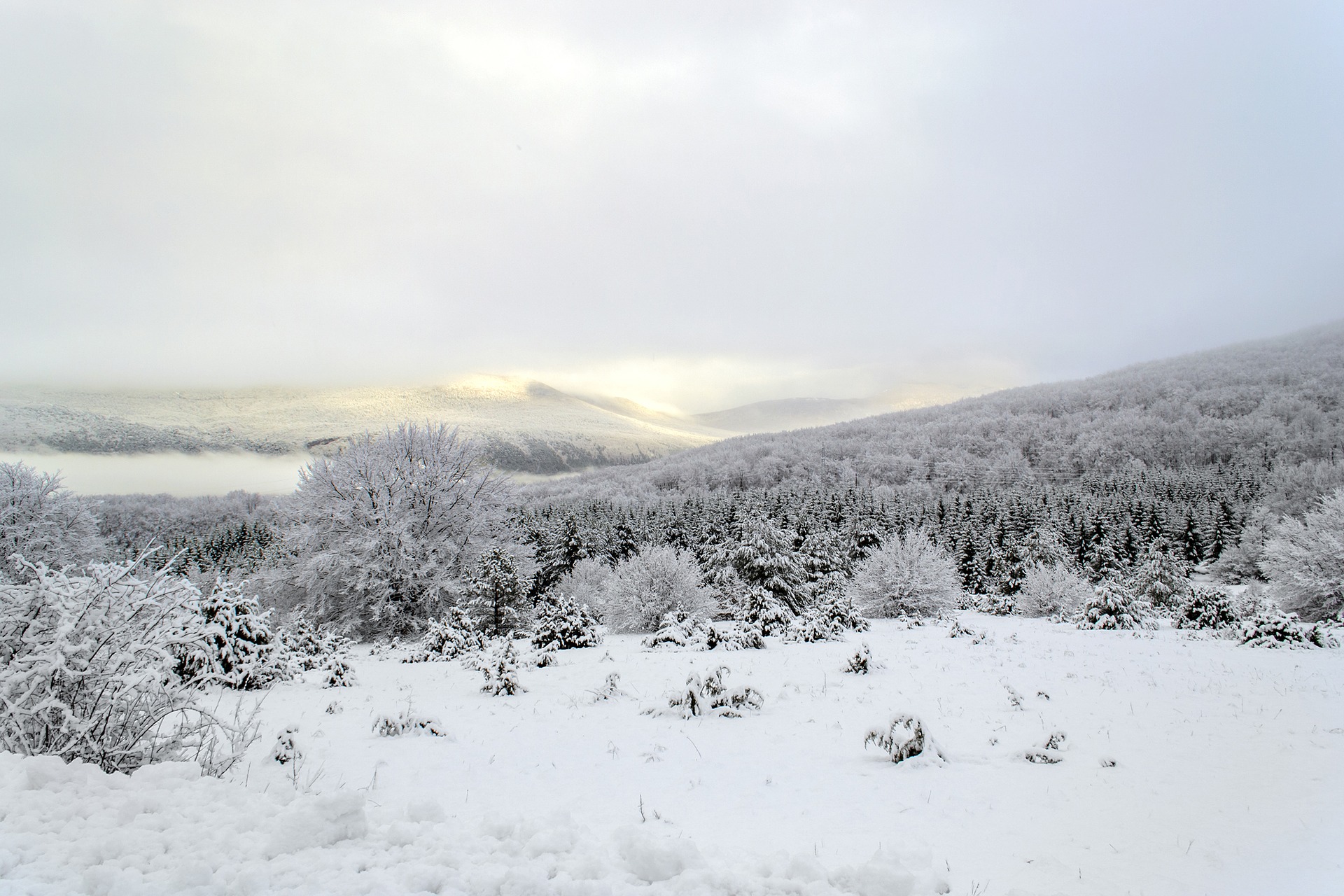 Snow covering the Lika region
Snow covering the Lika region
And that's exactly what happened this weekend, when falling snow produced treacherous driving conditions across a wide area of Croatia. On some motorways, a ban on trucks with trailers and tractors with semi-trailers is in place because of the continually falling snow. Another response to the falling snow has been to make winter vehicle equipment mandatory.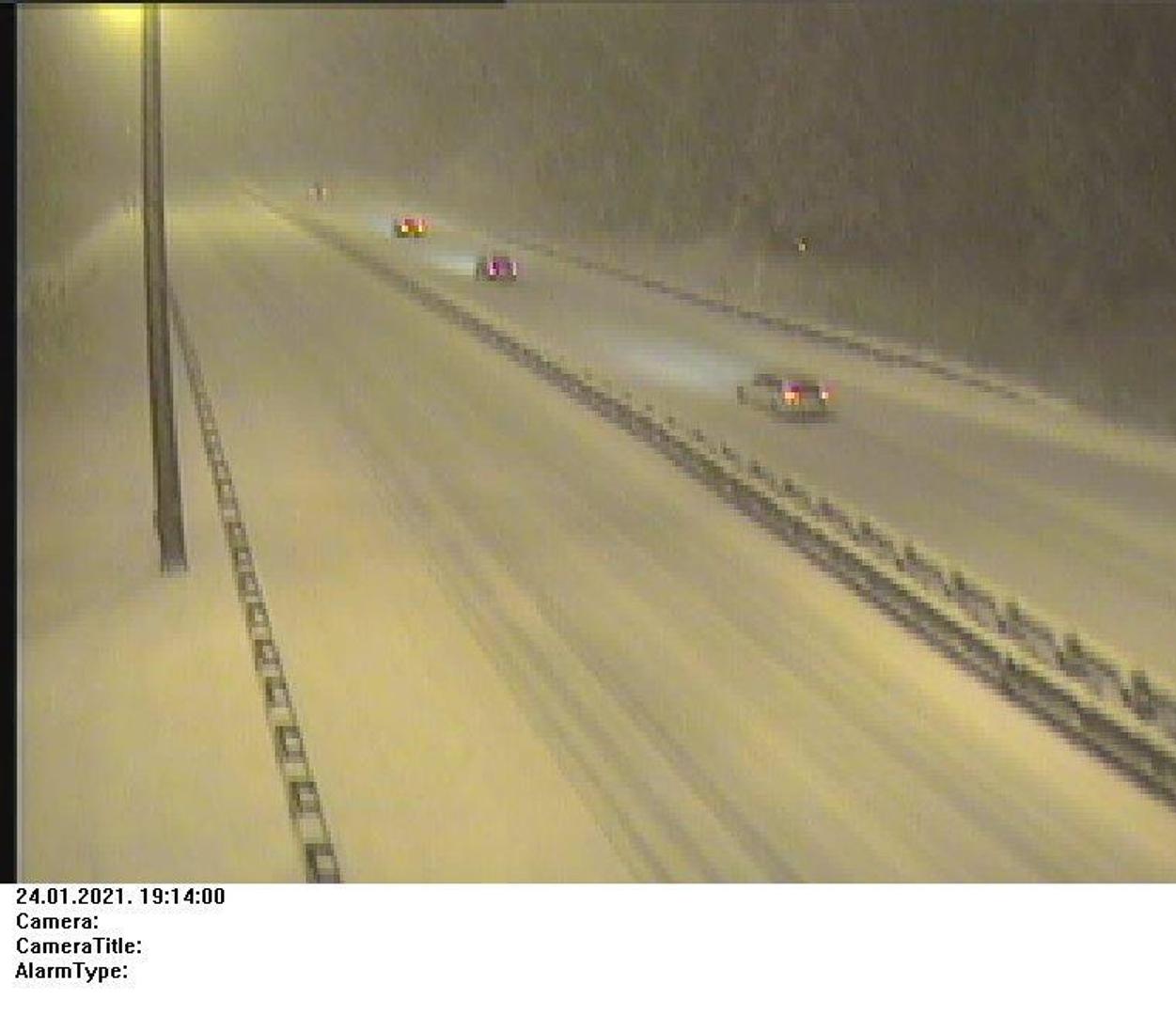 A thick layer of snow covers the road near Delnice at 19.14 on Sunday 24 January 2021 © HAK
A thick layer of snow covers the road near Delnice at 19.14 on Sunday 24 January 2021 © HAK
While the Croatian capital was experiencing its warm spell, falling snow continued to descend on more mountainous regions of the country, Lika and Gorski Kotar in particular. And it is those that remain most affected by the treacherous driving conditions. Hrvatske Autoceste (Croatian Motorways) are responding to the continuing weather conditions. But, they released pictures of one motorway section near Delnice which, even after plowing, was 30 minutes later again covered by the falling snow.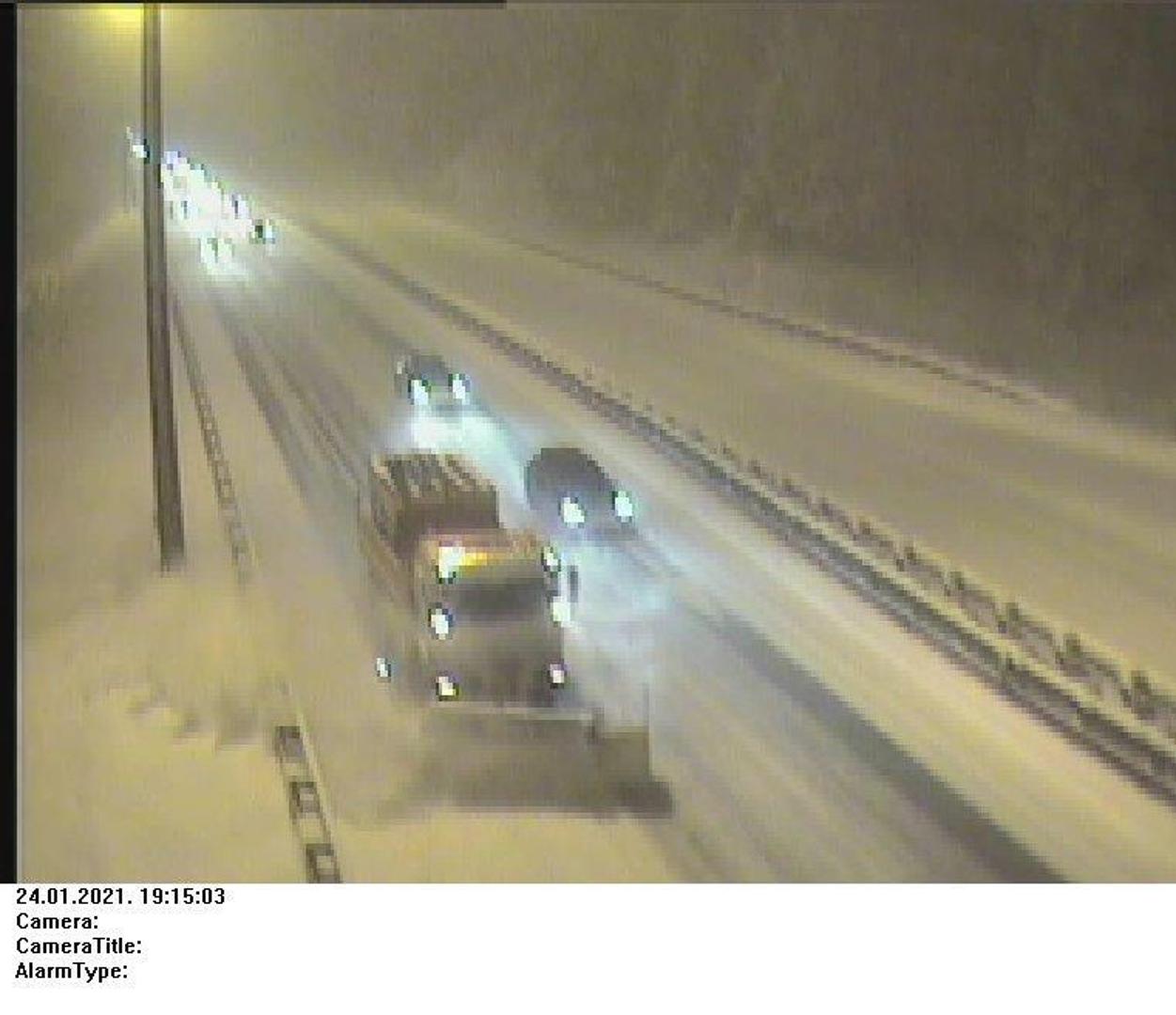 A snowplow arrives at 19.15 to clear the snow © HAK
A snowplow arrives at 19.15 to clear the snow © HAK
Thick falling snow and ice made it difficult to drive on the A6 Zagreb - Rijeka highway. The National Association of Drivers and Vehicle Owners (HAK) issued a series of warnings for the following routes: A1 Zagreb-Split-Ploče between the junctions of Bosiljevo II and Maslenica, A6 Rijeka-Zagreb between the junctions of Bosiljevo II and Kikovica, state road DC1 between Zagorje and Gračac and state road DC3 through Gorski Kotar between Zdihovo and Kikovica. By 19.45 the road is in the same state as before the snowplow arrived, because of continually falling snow © HAK
By 19.45 the road is in the same state as before the snowplow arrived, because of continually falling snow © HAK
HAK also reported that there is currently no passable road for trucks with trailers and tractors with semi-trailers from the direction of the continental interior towards Rijeka and Istria and Dalmatia and vice versa. The colder temperatures are expected to stick around for most of the early part of the week, although the skies may be clearer in some regions. Temperatures will rise again heading towards next weekend under an increasing cloud cover, but the chilly conditions might well bounce back towards the end of next weekend. Zagreb itself could even experience more snowfall at that time.
Cold Snap Might Make A Surprise Visit to Wintertime Croatia This Month
January 12, 2021 – Following a mild December 2020, truth be told, residents of the country were rather pleased to welcome the sight of snow falling on wintertime Croatia over recent days. Many headed into the mountains, like Sljeme and Ivanscica, taking advantage of the pristine blanket of crunchy white for selfies that appeared on social media all weekend. However, the novelty of the temperature drop and its postcard-pretty backdrop may well wear off soon if some meteorologists are to be believed.
Rising temperatures recorded high in the atmosphere above the Arctic are leading some to predict a sustained and considerable cold snap affecting the northern hemisphere towards the end of January, including wintertime Croatia. The wave of icy weather is even predicted to possibly reach the considerably cold conditions of wintertime Croatia 2014, when the same set of circumstances saw the temperature in Chicago drop to a remarkable minus 27. In wintertime Croatia it dropped below minus 10.
As reported by Bloomberg, the end of January could be particularly hard hit, with the cold weather reaching North America, Europe and Asian countries. Both of the previous two wintertime Croatia seasons (2018/2019 and 2019/202) have been comparatively mild. This cold snap, if it happens, could have you reaching for your hats and scarves despite the days having now gotten noticeably longer. Heaven help the youngsters still walking around with bare ankles and summer socks if it does bite.
In Paris, the temperature is currently 3.5 degrees Celsius lower than the average for this part of the year, in Madrid, it is 6.9 degrees colder than usual, and in Beijing, this winter's temperatures dropped to a record low - minus nine was measured there on Thursday.
Numerous meteorologists say that there are no guarantees that forecasts of such cold weather conditions could come true. Others say that, if it does happen, it will be north America that will be most affected. We might just have to wait and see what the weather Gods still hold in store for wintertime Croatia 2020/2021.
PHOTOS: Epic Croatia Weather Photography Stuns The World
December 20, 2020 – The 13 winners of the incredibly popular World Meteorological Organization annual competition have just been announced, and two fine pieces of Croatia weather photography are among them. These spectacular images of Croatia weather photography show all 9 Croatian photographs which reached the final in 2020 and all 10 Croatian finalists who similarly stunned the global audience in 2019
Croatia weather photography: the two newly announced winners from the 2020 competition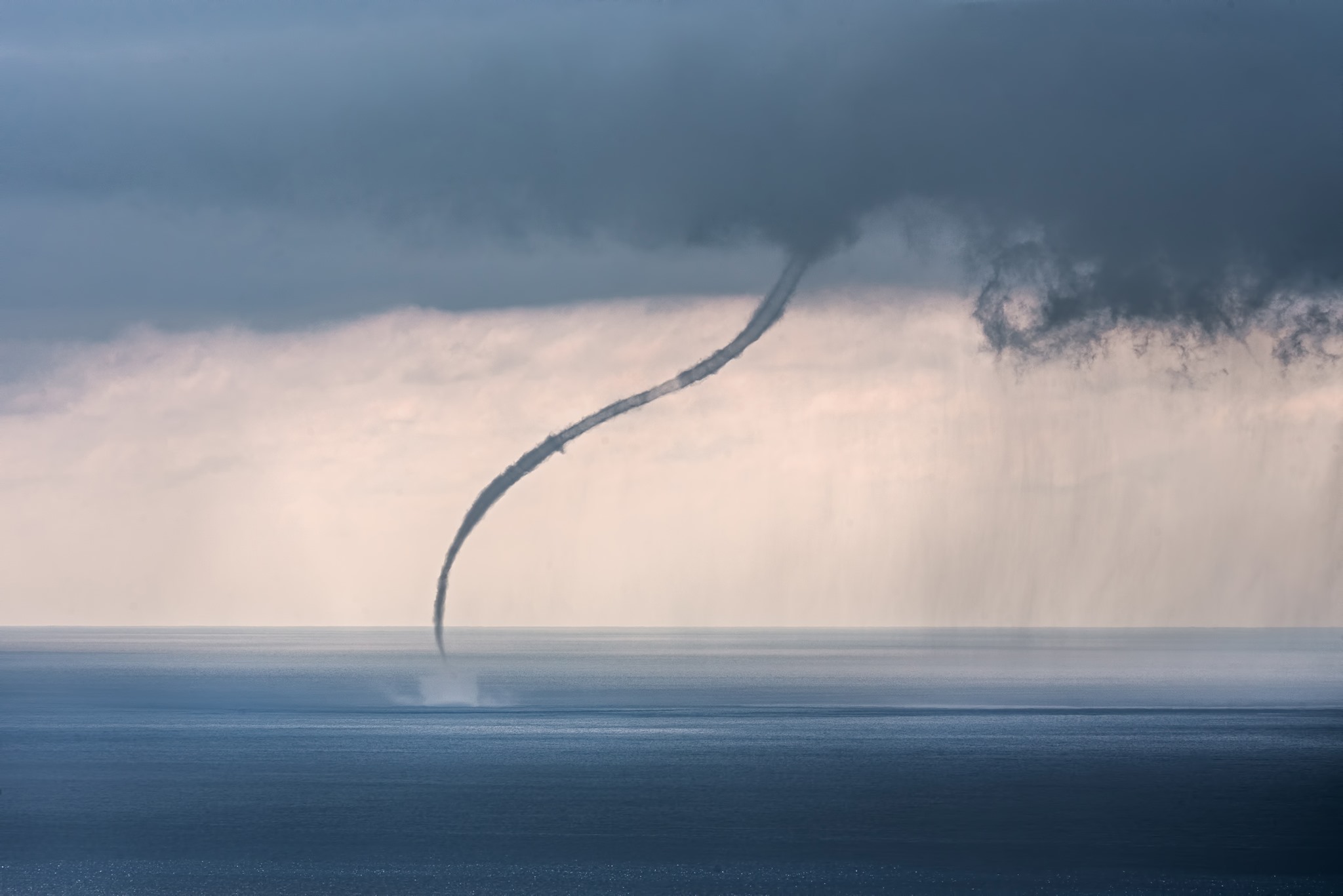 Photographer: Sandro Puncet Photo taken: Losinj island
Photographer: Sandro Puncet Photo taken: Losinj island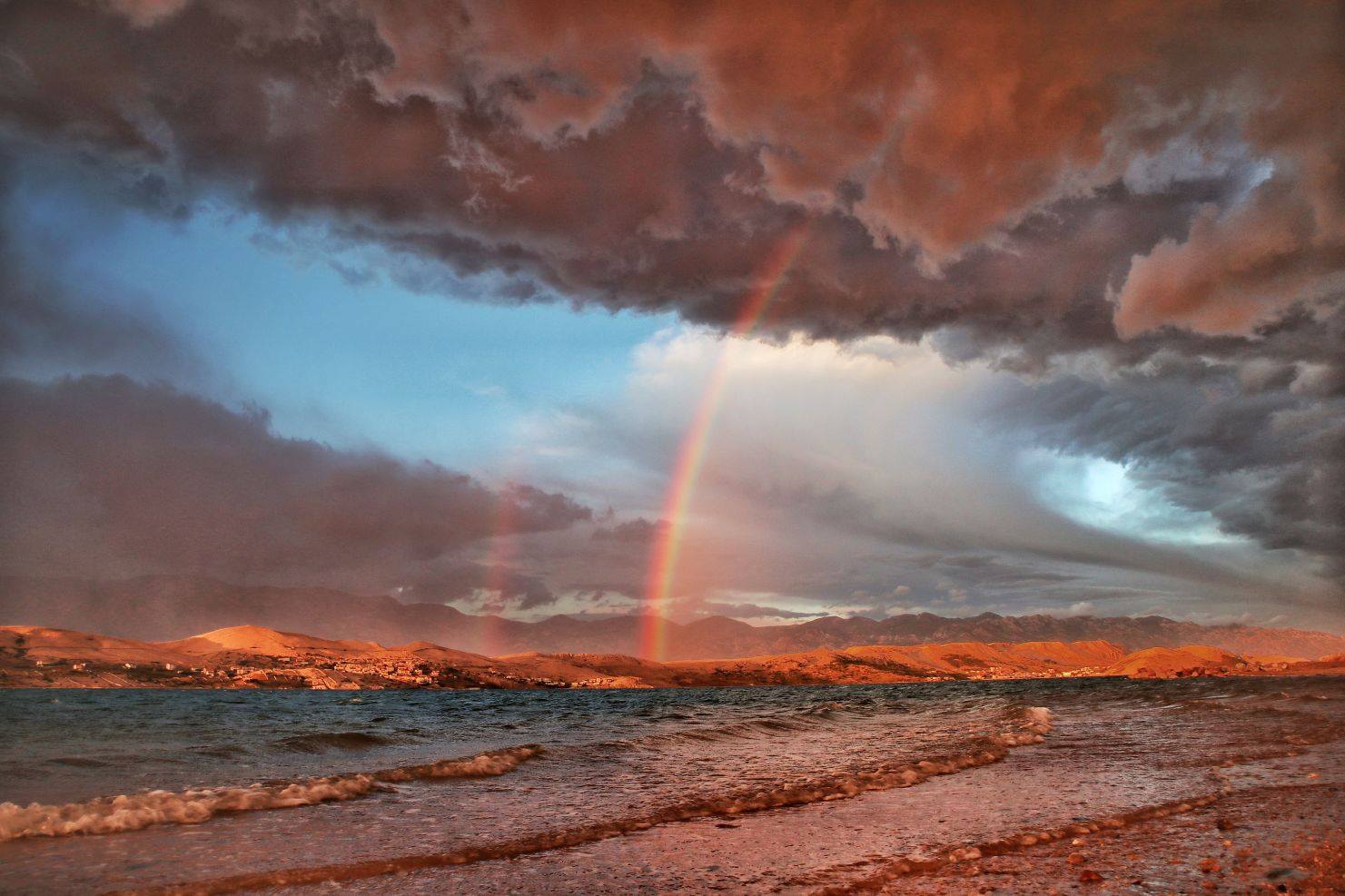 Photographer: Zrinka Balabanic Photo taken: Pag island
Photographer: Zrinka Balabanic Photo taken: Pag island
Thanks to its popularity as a tourist destination, lots of people are now used to seeing beautiful photos of Croatia. Although, the images they usually see are of idyllic beaches, cloudless skies, stunning nature and turquoise blue seas. But, as anyone who knows the country will tell you - and as these photos show - Croatia isn't always like that.
Croatia weather photography: the two newly announced runners-up from the 2020 competition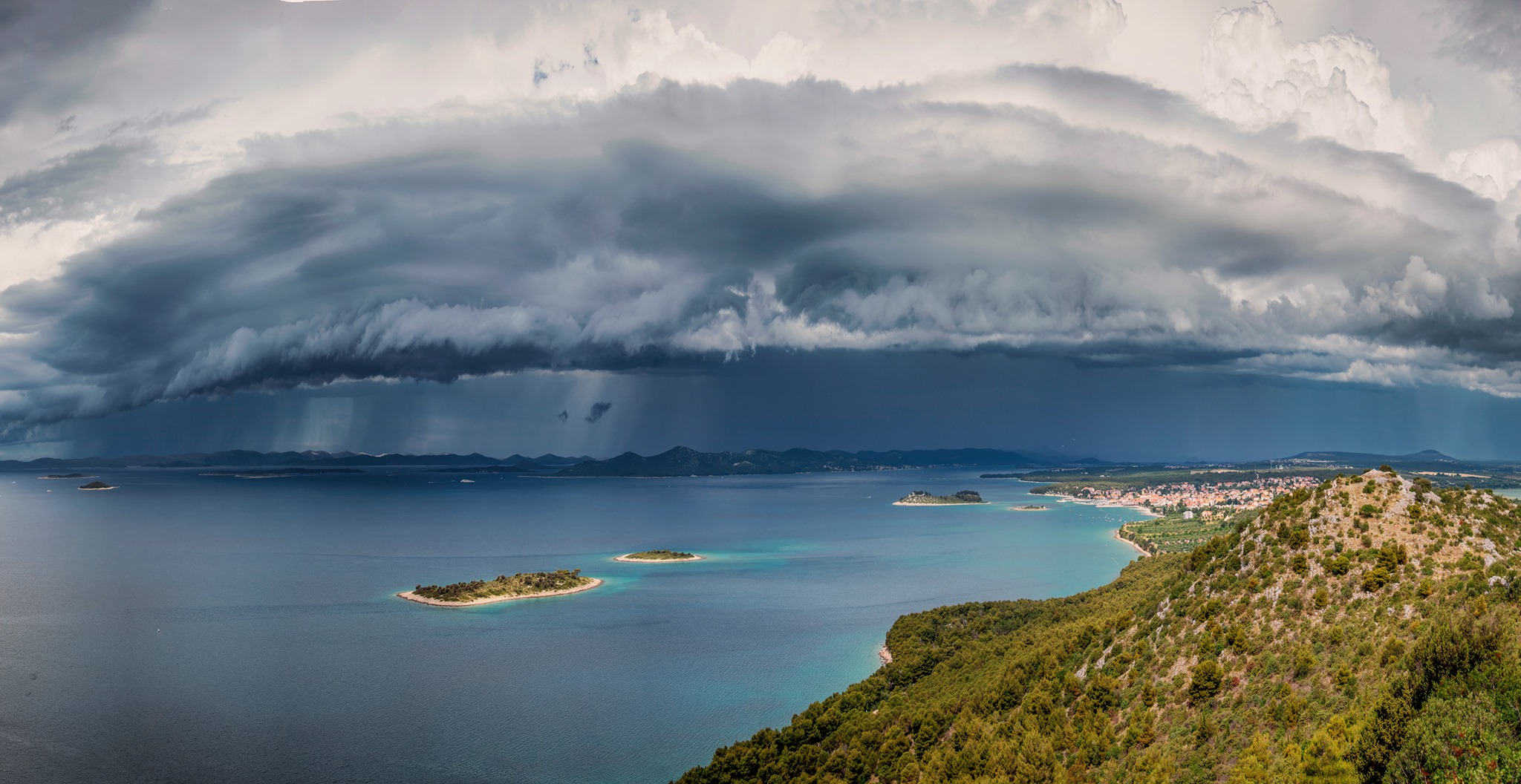 Photographer: Šime Barešić Photo taken: Drage, Pakostane
Photographer: Šime Barešić Photo taken: Drage, Pakostane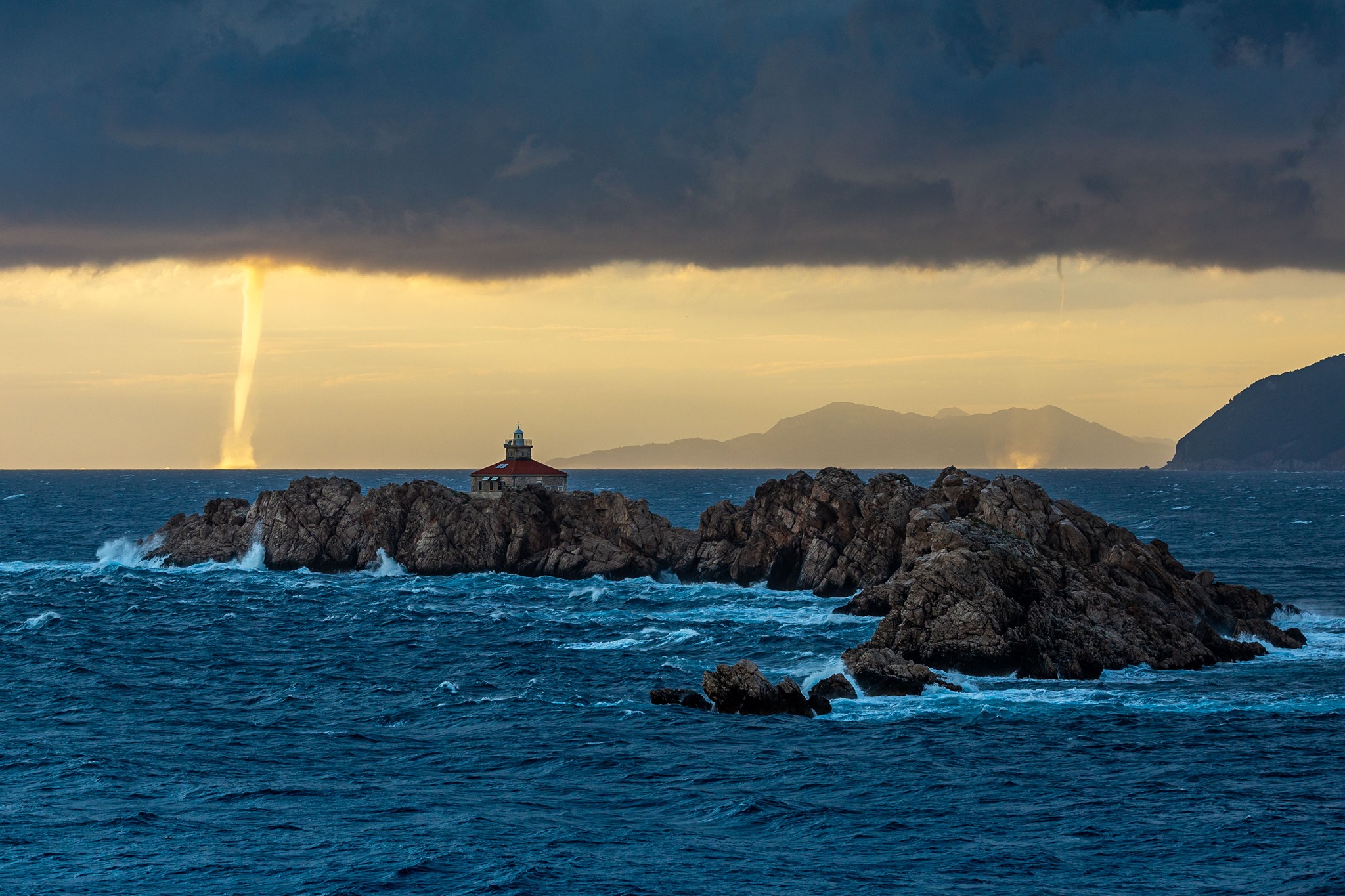 Photographer: Mislav Bilic Photo taken: Lapad Peninsula, Dubrovnik
Photographer: Mislav Bilic Photo taken: Lapad Peninsula, Dubrovnik
Out of season, Croatia can experience vastly different weather conditions to those advertised in travel brochures and blogs. And, whenever there's a spectacular weather occurrence, usually there's a photographer out there, braving the elements, trying to capture it.
Over recent years, some of the best Croatia weather photography has featured in the annual competition organised by the World Meteorological Organization. 2020 has been no different.
The other five Croatian finalists from the 2020 competition Photographer: Šime Barešić Photo taken: Drage, Pakostane
Photographer: Šime Barešić Photo taken: Drage, Pakostane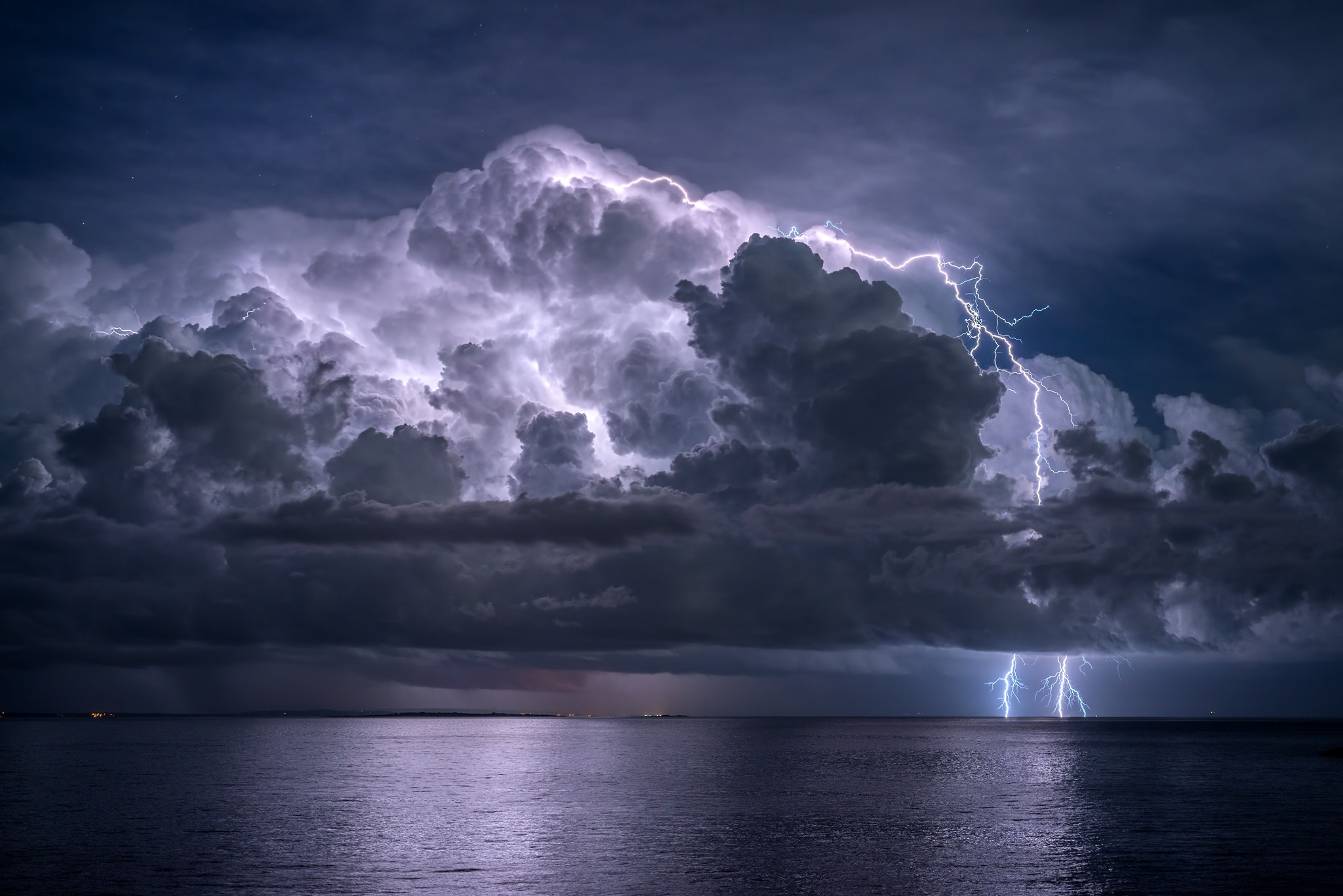 Photographer: Sandro Puncet Photo taken: Losinj island
Photographer: Sandro Puncet Photo taken: Losinj island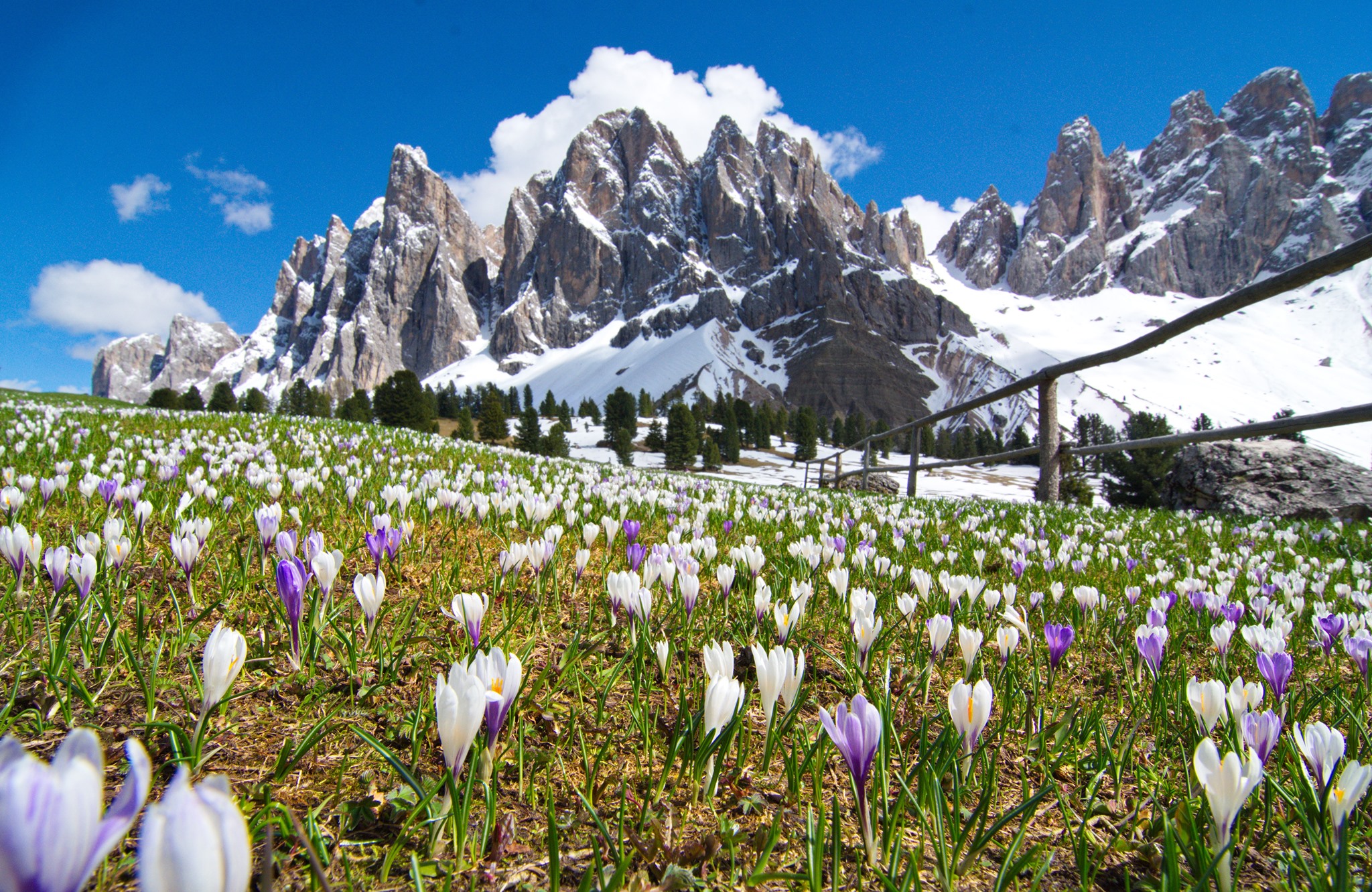 Photographer: Zoran Stanko Photo taken: Geisler Alm, Dolomites, Italy
Photographer: Zoran Stanko Photo taken: Geisler Alm, Dolomites, Italy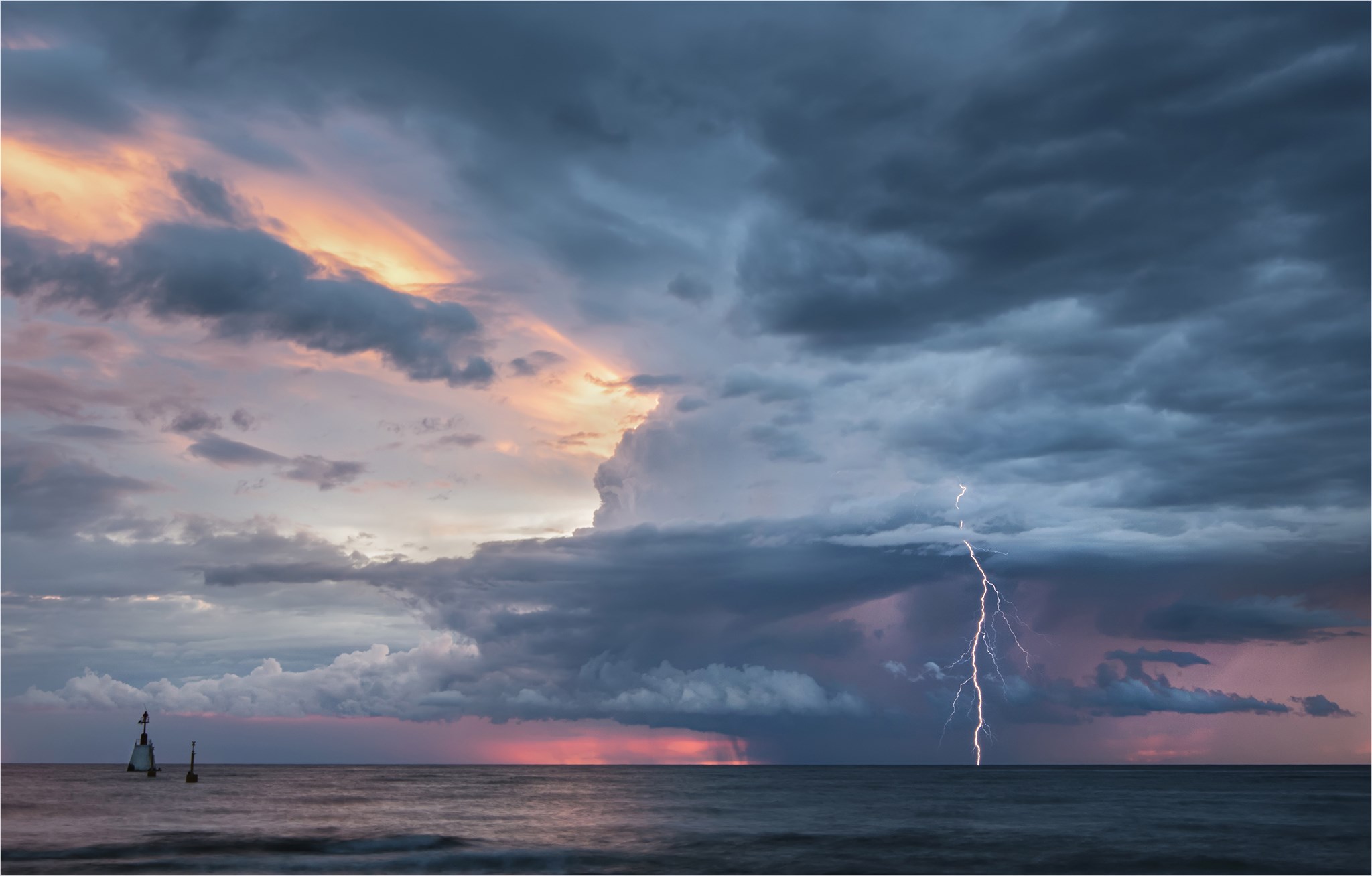 Photographer: Maja Kraljik Photo taken: Umag, Istria
Photographer: Maja Kraljik Photo taken: Umag, Istria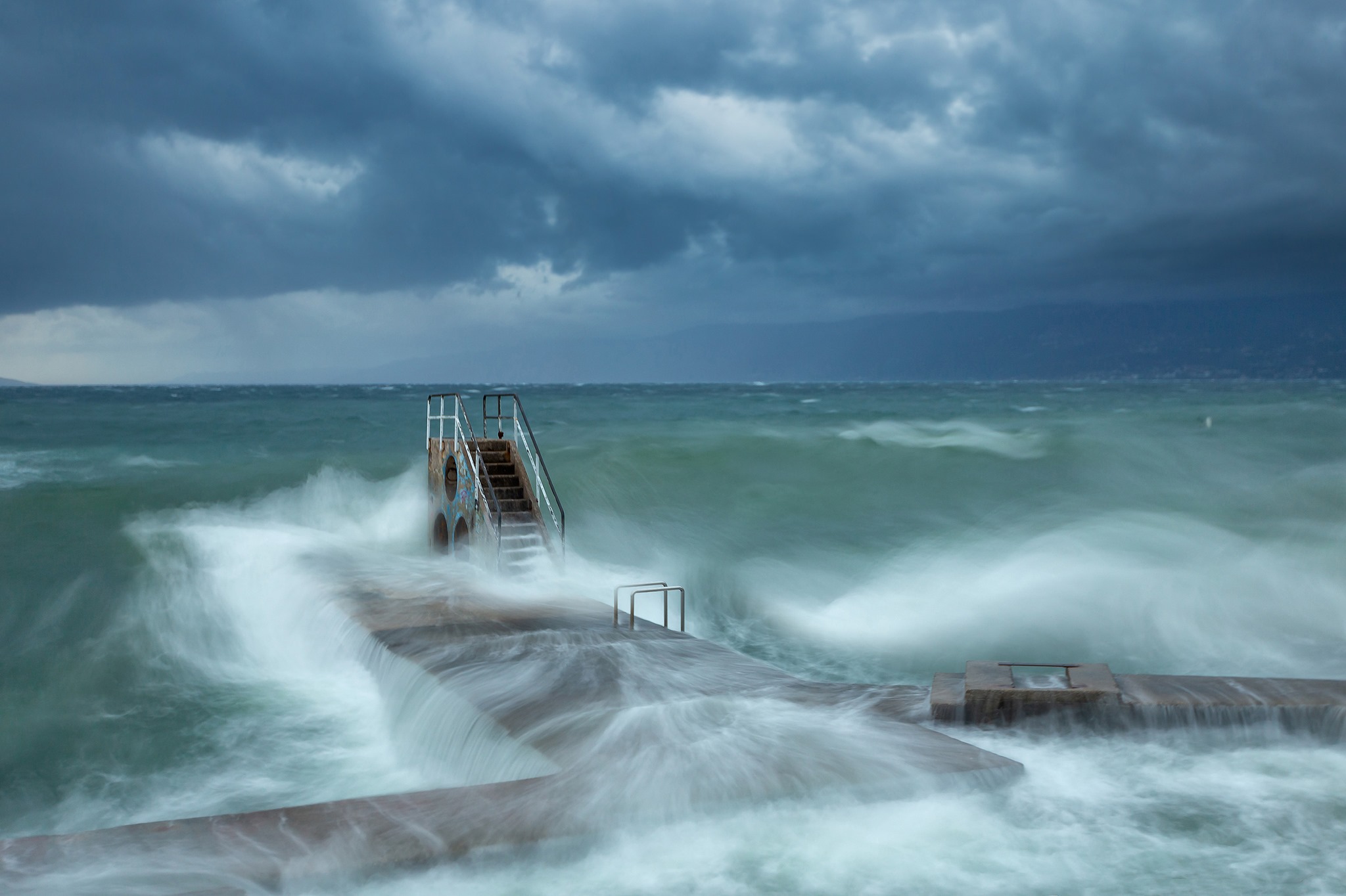 Photographer: Igor Popovic Photo taken: Rijeka
Photographer: Igor Popovic Photo taken: Rijeka
The winners of this year's competition have just been announced and the two fantastic examples of Croatia weather photography within the top 13 will take their place in the 2021 World Meteorological Organization calendar.
The 10 Croatian finalists from the 2019 competition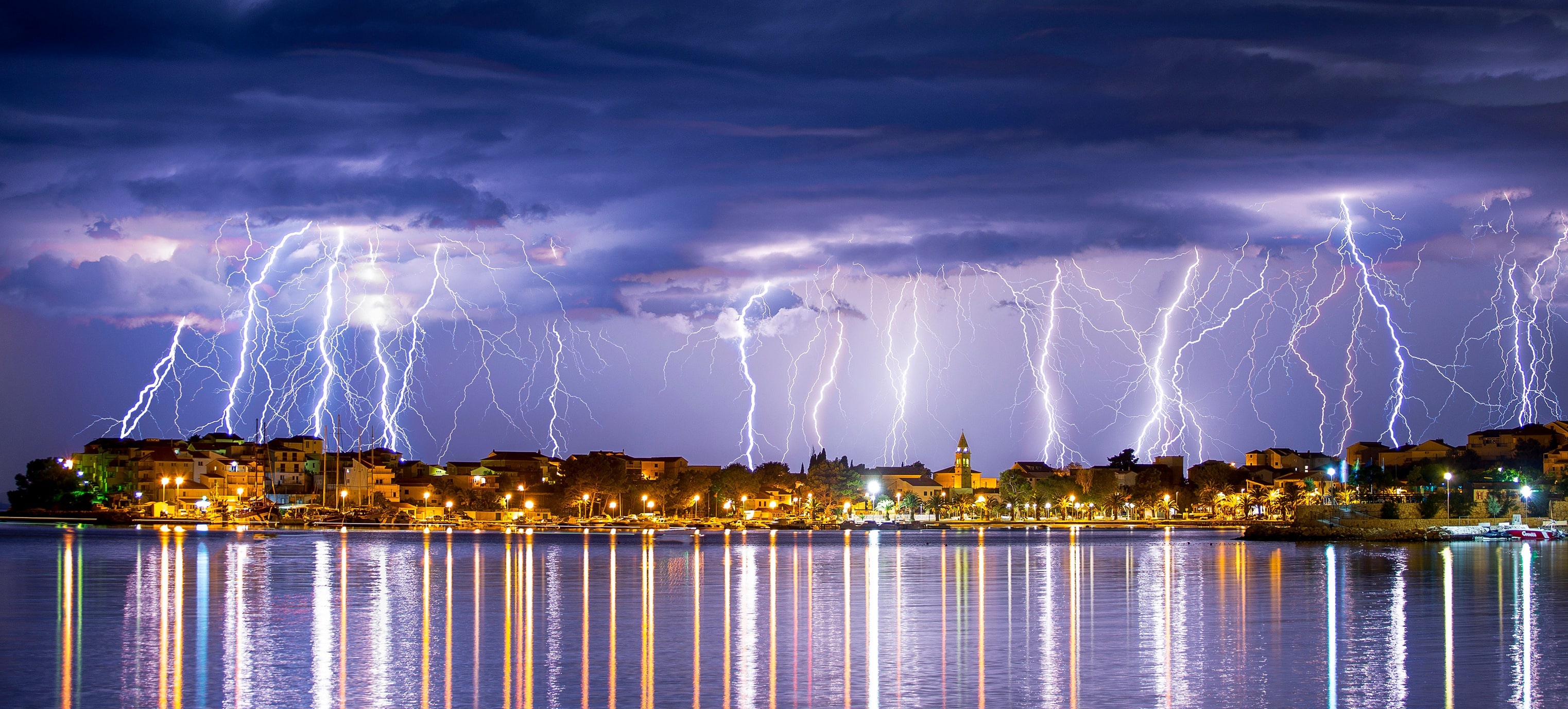 Photographer: Danica Sičič Photo taken: Srobreč, Dalmatia
Photographer: Danica Sičič Photo taken: Srobreč, Dalmatia Photographer: Romeo Ibrišević Photo taken: Plitvice Lakes National Park
Photographer: Romeo Ibrišević Photo taken: Plitvice Lakes National Park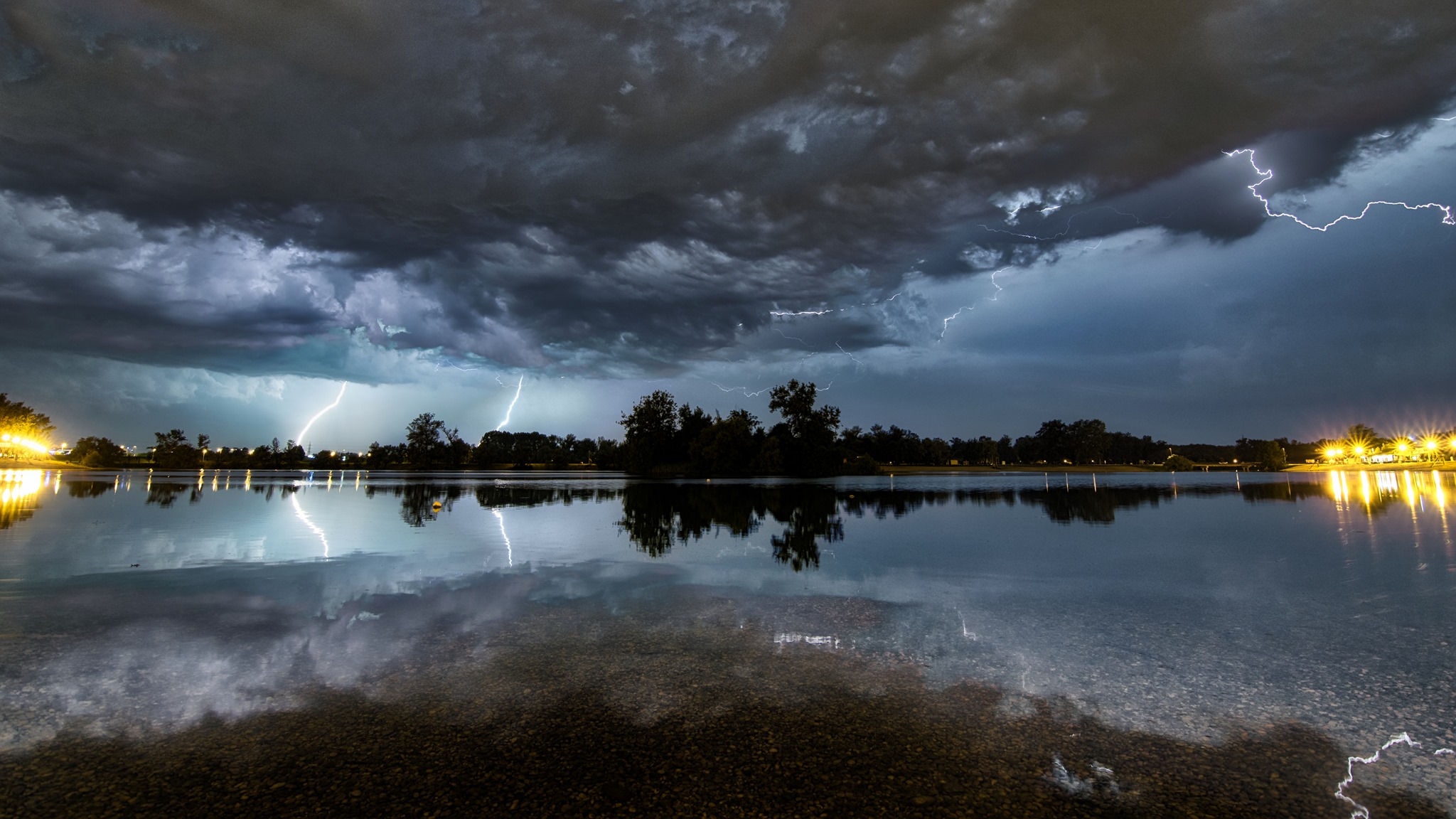 Photographer: Božan Štambuk Photo taken: Bundek park, Zagreb
Photographer: Božan Štambuk Photo taken: Bundek park, Zagreb Photographer: Miroslava Novak Photo taken: Pribislavec, Međimurje
Photographer: Miroslava Novak Photo taken: Pribislavec, Međimurje
As well as the two winners, two further examples of Croatia weather photography came in the runner-up category, of which there were 12 in total.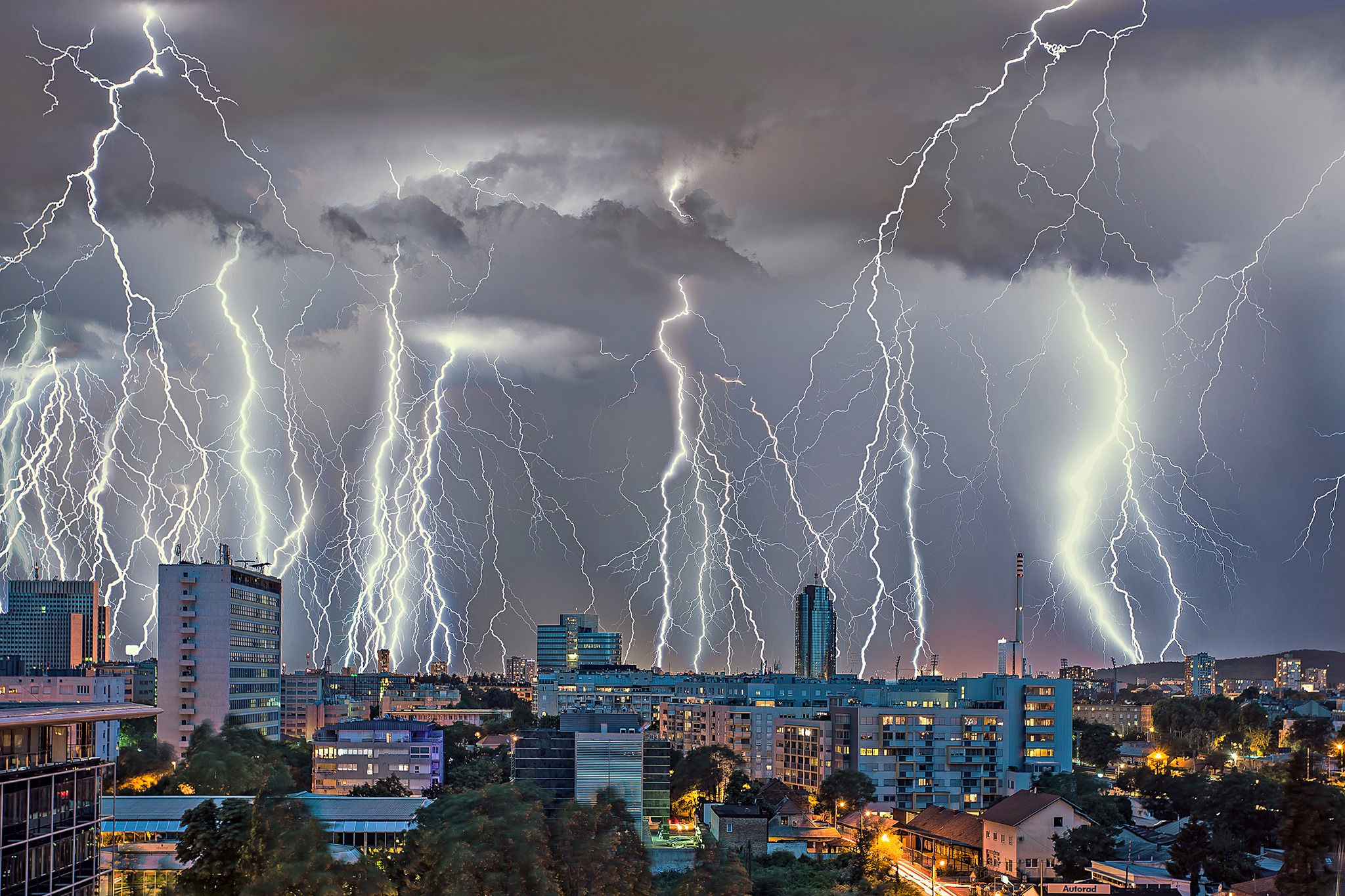 Photographer: Francesca Delbianco Photo taken: Zagreb
Photographer: Francesca Delbianco Photo taken: Zagreb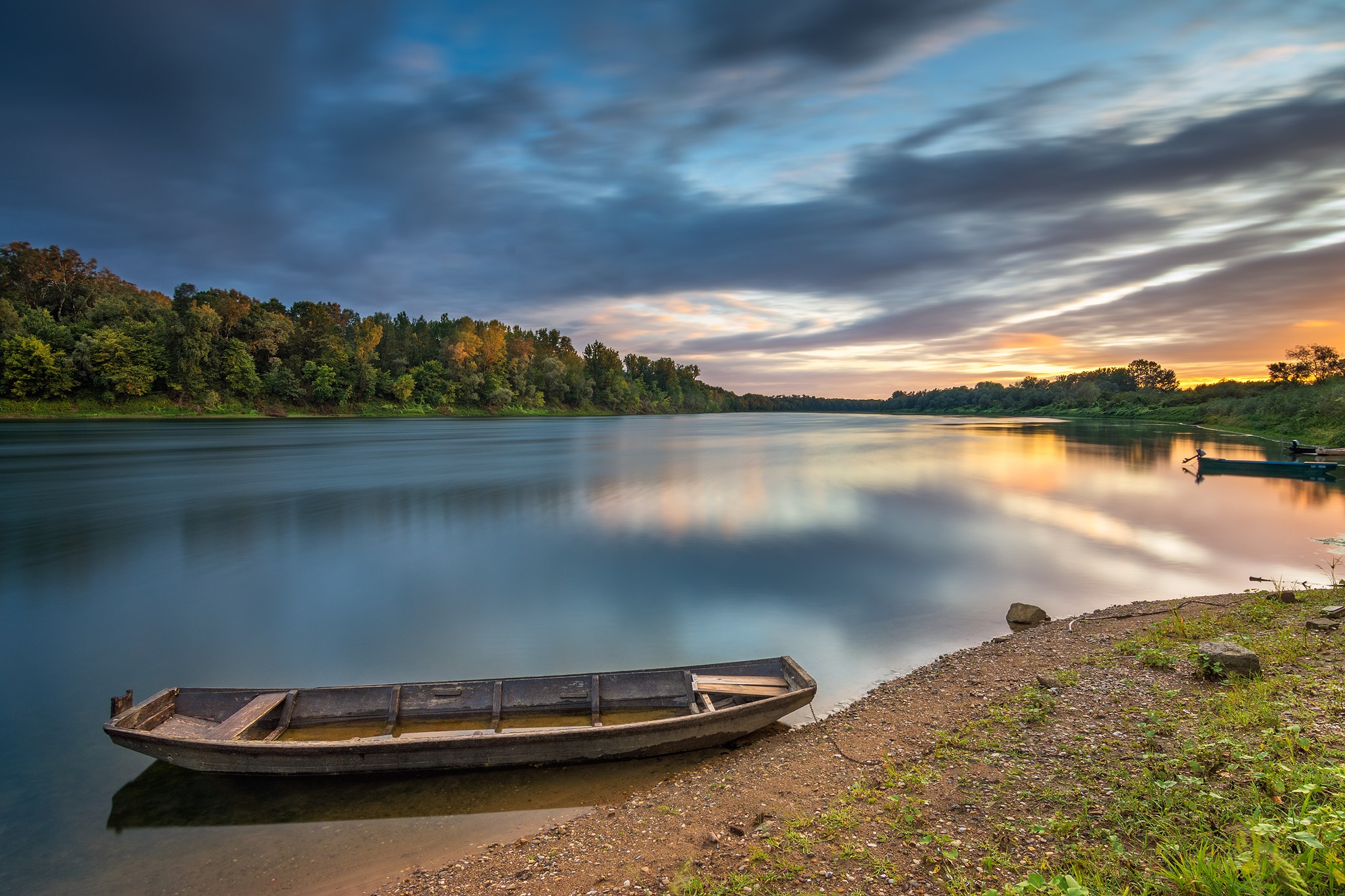 Photographer: Ivica Brlić Photo taken: Sava river, Davor, near Slavonski Brod
Photographer: Ivica Brlić Photo taken: Sava river, Davor, near Slavonski Brod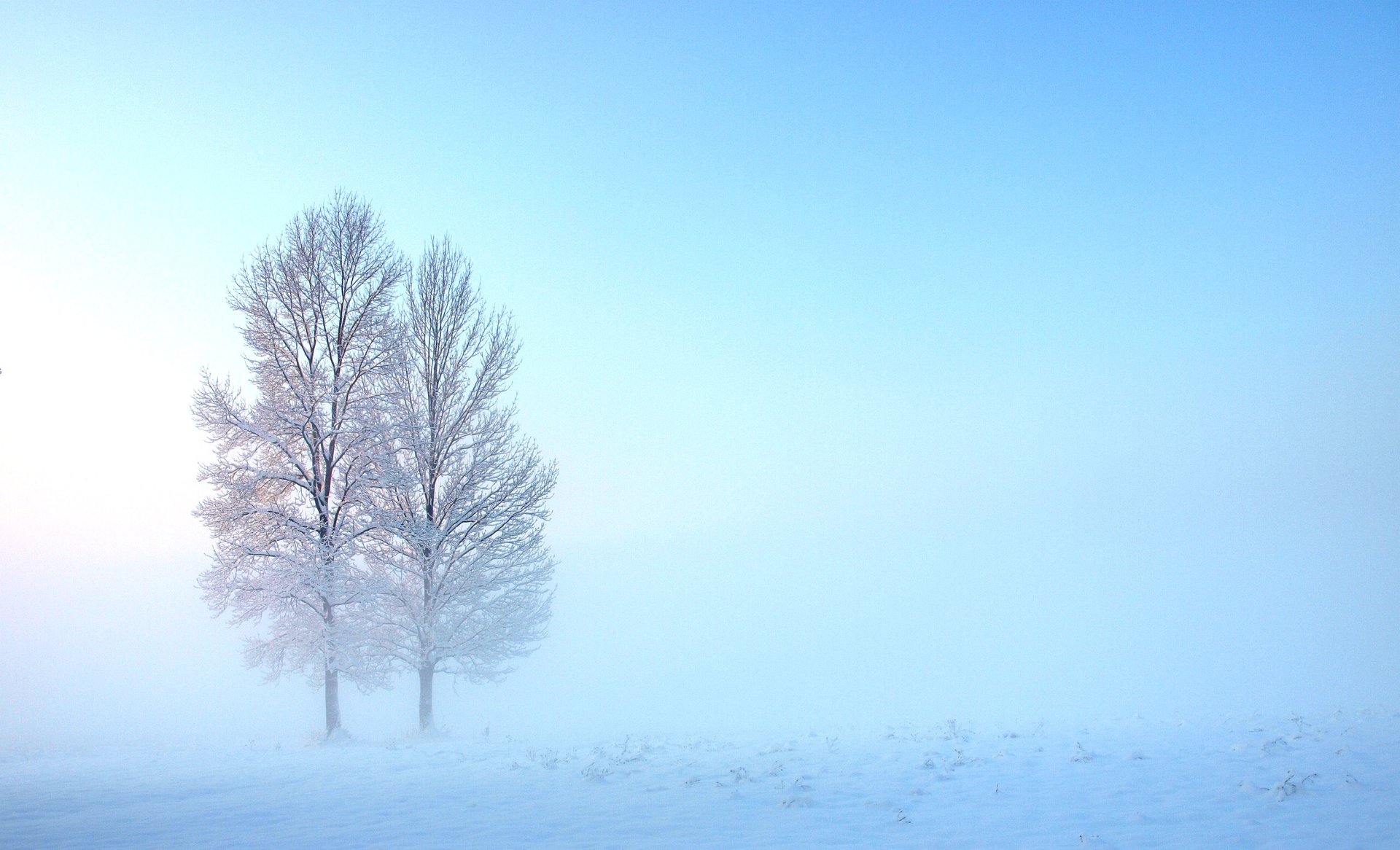 Photographer: Nataša Šafar Photo taken: Rečica, near Karlovac
Photographer: Nataša Šafar Photo taken: Rečica, near Karlovac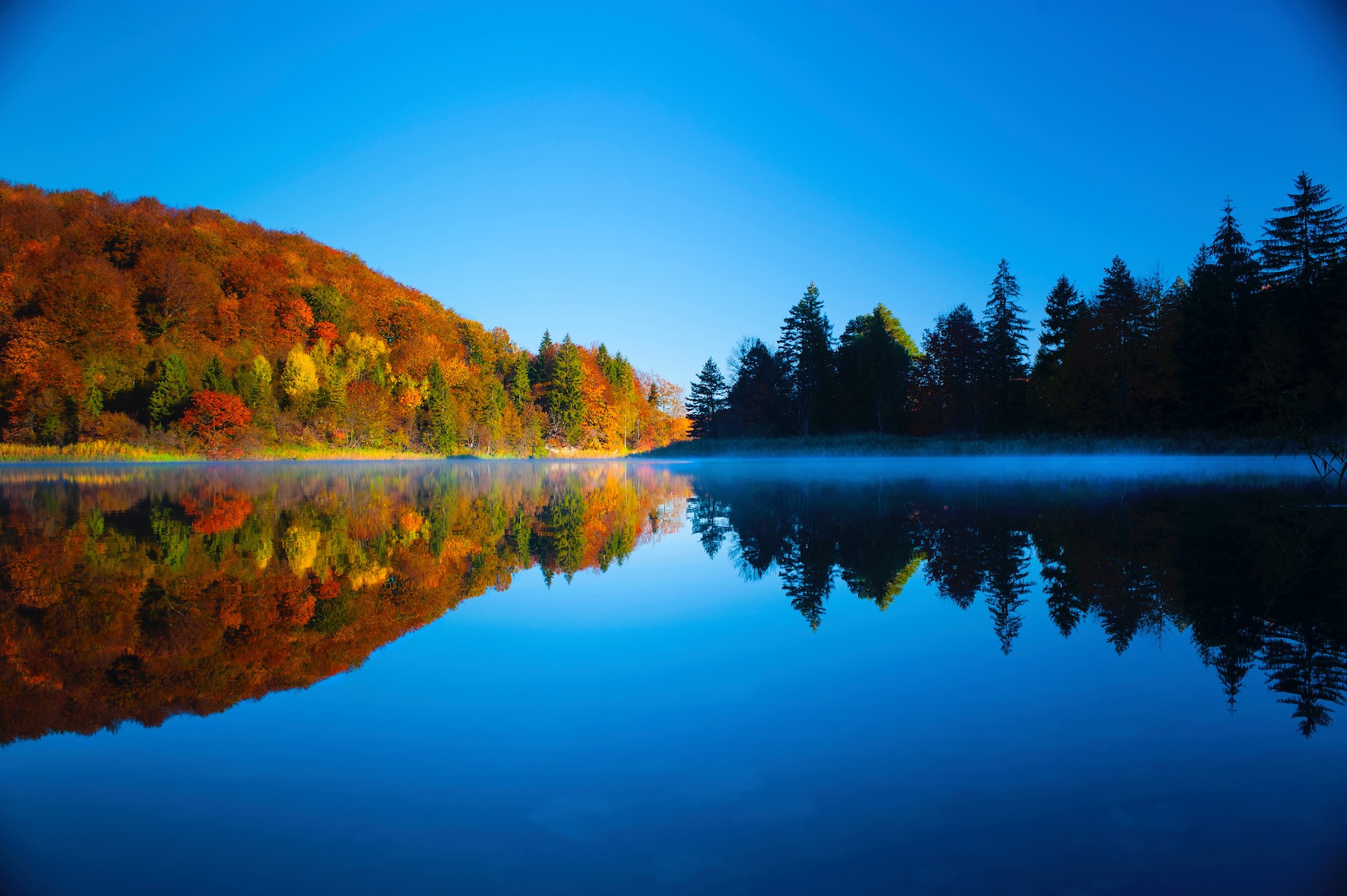 Photographer: Romeo Ibrišević Photo taken: Plitvice Lakes National Park
Photographer: Romeo Ibrišević Photo taken: Plitvice Lakes National Park
Over 1000 photographs from all over the world were entered in the 2020 competition. The submissions were narrowed down to a final selection of 70 contenders. As TCN reported back at the start of October, no less than 9 examples of Croatia weather photography made it into the final 70, taken by 7 Croatian photographers.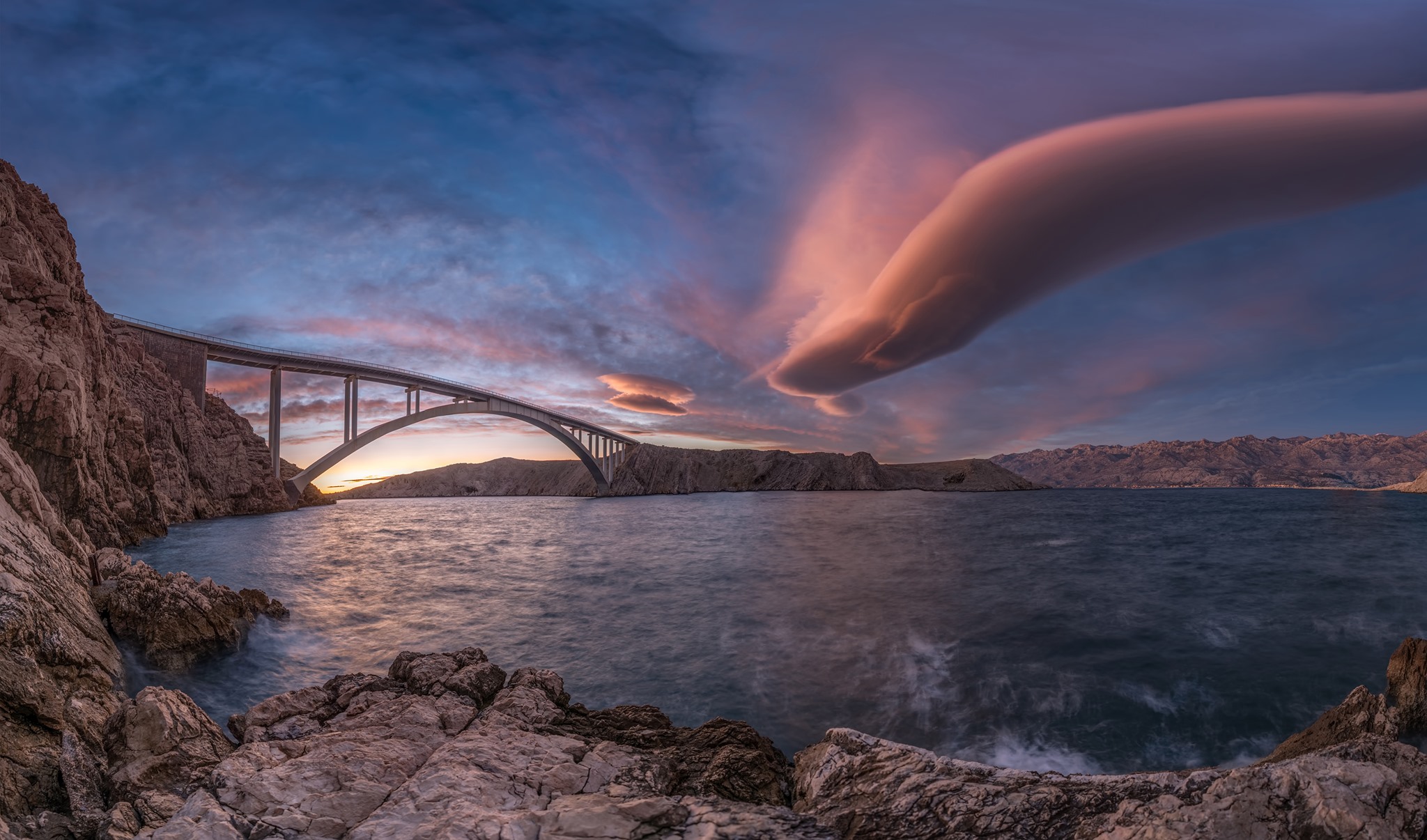 Photographer: Danijel Palčić Photo taken: Pag island
Photographer: Danijel Palčić Photo taken: Pag island Photographer: Aleksandar Gospic Photo taken: Ražanac
Photographer: Aleksandar Gospic Photo taken: Ražanac
Croatia regularly punches well above its weight in the annual competition, as we can see from these 10 examples of incredible Croatia weather photography that were among the finalists in 2019.
All images courtesy World Meteorological Organisation
If You're Out And About, Watch Out For The Weather In Croatia Today
ZAGREB September 25, 2020 – The changeable weather in Croatia today is expected to continue for much of the weekend and is the strongest signifier yet that autumn has arrived
Residents of Zagreb today woke to the sounds of thunder and rainfall. It was not altogether much of a surprise. Partially cloudy skies and some rain had been predicted for the days leading up to the weekend. Enjoyably warm temperatures and clear, sunny skies on Thursday 24 September may have signalled a reprieve. However, the weather in Croatia today has taken a turn for the worse. So much so, that the Croatian Meteorological and Hydrological Service (DHMZ) have issued a weather warning.
The weather in Croatia today is being influenced by a cyclone that is making its way across northern Italy and is expected to rise north, further into continental Europe. Its consequences are a strong shift in air pressure.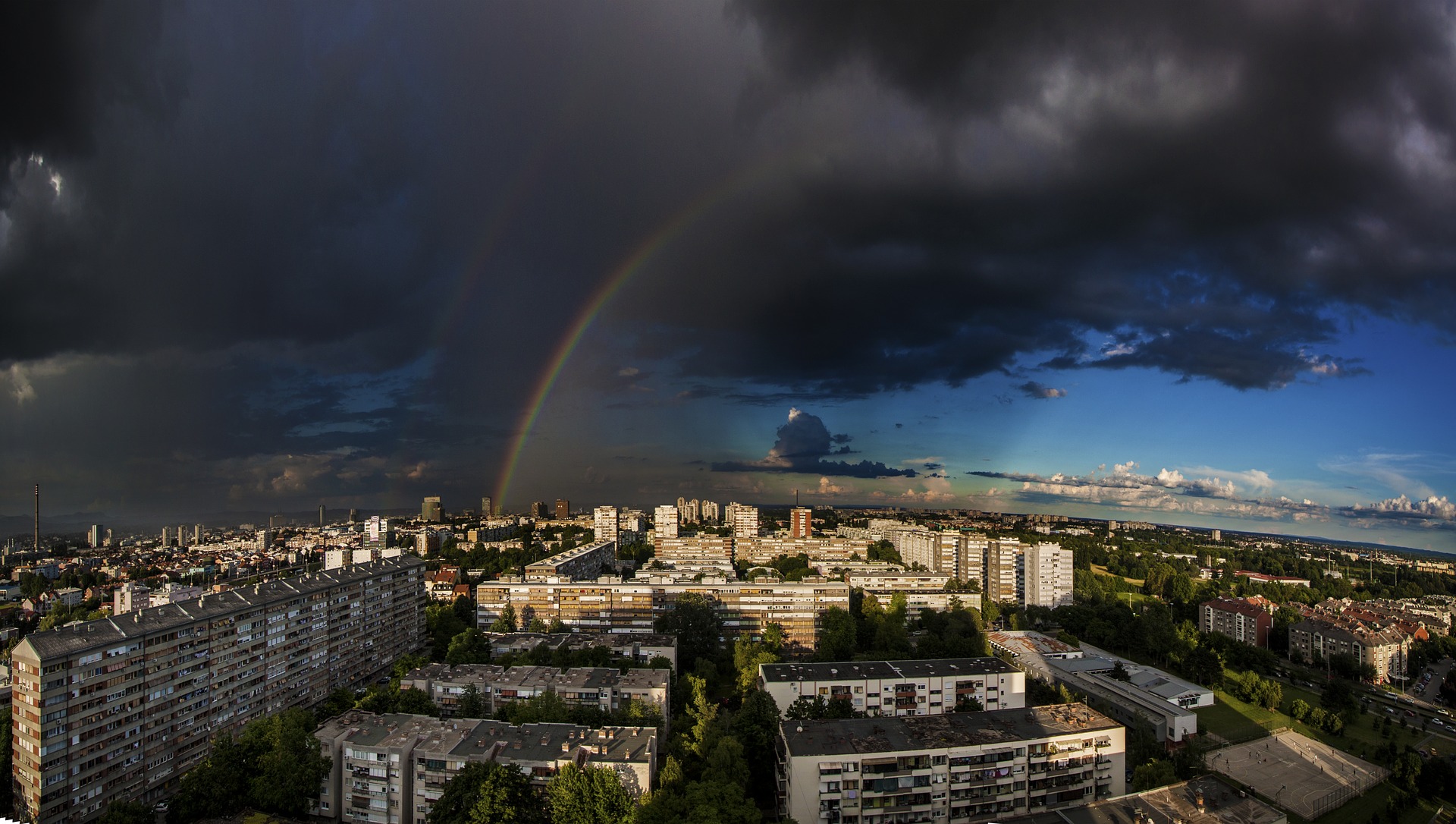 © Robert Marinkovic
© Robert Marinkovic
How does this affect the weather in Croatia today and what exactly are the weather warnings?
Rain is expected throughout Friday morning, with the likelihood of thunderstorms growing as the day continues. Temperatures in many parts of the country should still remain in the 20s.
The mountainous regions running inland down the length of the Croatian coast will see strong winds and heavy rain. Today is not a day for hiking in the high peaks of the Dinaric Alps. The specific warnings for the weather in Croatia today pertain to possible flooding. So great is the volume of expected rain that low-lying areas of inland Dalmatia and coastal Dalmatia could see some floods. Anyone currently sailing in Croatia would be best advised to stay ashore today. The seas will be choppy and the winds strong.
The changeable weather is sadly expected to continue for much of the weekend and is the strongest signifier yet that autumn has arrived in Croatia. On the highest peaks, some snow may even fall towards the tail end of the weekend. Although we can't promise that next week we will see the return of yesterday's glorious conditions, the weather is expected to stabilise on Monday after the passing of the cyclone and a more even air pressure returns. You can look to put on your hiking boots and unfurl your sails again soon enough.
For the latest travel info, bookmark our main travel info article, which is updated daily.
Read the Croatian Travel Update in your language - now available in 24 languages
VIDEO: Watch Thick Fog Descend on Palagruža Lighthouse
Palagruža, the Republic of Croatia's most remote lighthouse, can feel like a world all on its own in all types of weather, a rocky paradise under the sun, surrounded by the sparkling Adriatic sea during the warm summer months, and quite the opposite when the seasons turn and the wind blows.
When then the fog and mist descend over Palagruža and the sky turns white, that feeling of total isolation is enough to invoke thoughts of Jack Nicholson's stunning performance all those years ago in Stanley Kubrick's take on Stephen King's book The Shining, a classic tale of an aspiring author slowly losing his mind to isolation.
Croatia's most forbidding area, a far-flung rocky island pushed far away from the mainland, Palagruža isn't really geared up for visits or tourism of any sort, which almost makes this idyllic yet somewhat haunting location more attractive to would-be visitors.
As Morski writes on the 9th of March, 2019, Tomislav Žuvela and his father, upon taking up care of the situation on Palagruža after Vojislav Šajn and Krešimir Tomašić went off on their well deserved break, captured the thick layer of fog which slowly surrounded the largest island of the distant Palagruža archipelago, Vela (or Velika) Palagruža, where a lighthouse was built. Tomislav briefly stated that fog sirens are no longer used there like they once were. Ship crews, in such cases, now rely solely on more reliable, more modern technology.
The fog which slowly engulfed Palagruža is as mysterious as it is beautiful, almost furthering the archipelago's distance from civilisation and creating a sense of isolation that many people simultaneously crave and fear...
Video by Morski HR
If you'd like to watch some drone footage of Palagruža when the skies are clear and the sun is shining, click here. If you've ever wondered what it's like to transport yourself from the heart of Sydney, Australia, and spend one month in this truly bizarre location, find out what it's like to date the lighthouse keeper!
Make sure to follow our dedicated lifestyle page for much more.
Weather in Croatia: More Massive Waves Recorded!
The weather in Croatia and along the Adriatic can be a little bit, well, all over the place. The calm, deep blue sea is a distant memory on some days as Mother Nature whips up the waves in a way many tourists who are dedicated to visiting only during the summer months have never seen or imagined possible in Croatia.
We recently reported on the highest waves being recorded since 2004 near Palagruža, Croatia's most remote lighthouse island. We also touched on the story of two surfers who must have had someone watching over them as they somehow managed to survive the wild Adriatic near Umag in Istria, one of them, a Slovenian national, miraculously surviving 24 hours at sea and arriving to call for help at a cafe in Trieste, Italy.
It seems the records just keep being broken by the waves as yet more are recorded during this typically unstable period for the weather in Croatia, the highest wave having been recorded near Sveti Andrija near Dubrovnik.
As Morski writes on the 1st of November, 2018, the Croatian Hydrographic Institute has recorded yet more record waves at their stations in Rovinj, Split, Ploče, and Dubrovnik. The highest, as mentioned, was recorded near the islet of Sv. Andrija, with a peak height of 9.03 metres. While it might appear out of the ordinary at first, such a huge wave being measured near this islet is not that unusual of a phenomenon for the extreme south of Dalmatia. Back in 1988, a wave actually covered the height of the crane that was once place there, once again at an impressive height of eleven metres.
The nine-metre elevated concrete bridges typical of such lighthouse islets were met with waves of exactly that height on several occasions. In one case, according to the testimony of one lighthouse keeper, a boat was lifted up by the sea before being totally destroyed.
These waves are otherwise the highest waves of the last decade, with the Croatian Hydrographic Institute reporting that the maximum wave height measured in Rovinj was eight metres, Split measured a wave of over 3 metres in height, and the station in Dubrovnik (near the islet of Sveti Andrija), the maximum recorded wave height was 9.03 metres.
The aforementioned institute stated that all of this collected and processed data will contribute to increasing the overall degree of safety of navigation in these areas, as well as lead to the creation of updated safety recommendations. This information provides the preconditions for the safe transport of people and goods to the Croatian part of the Adriatic, the management of the sea and underwater resources, and to the defense and the preservation of the environment.
Want to keep up with news on the weather in Croatia? Make sure to follow our news page.
Zadar Waterfront Heavily Damaged by Stormy Sea!
The weather in Dalmatia has been wreaking havoc, and while things have calmed down significantly now, for many boats and indeed permanent structures, the damage has already been done. The Zadar waterfront (riva) is just one casualty which needs quick action.
As eZadar writes on the 31st of October, 2018, a model for the repair and reconstruction of parts of the now damaged Zadar waterfront is being searched for by the Ministry of Maritime Affairs, Transport and Infrastructure.
In order to determine the real extent of the damage caused by Dalmatia's recent bout of extremely wild weather and to go forward with a proper plan for the repair of the Zadar waterfront, Josip Bilaver, assistant to Oleg Butković, the Minister of Sea, Transport and Infrastructure, arrived in the popular Dalmatian city of Zadar and together with the heads of departments of the City of Zadar, he visited the damaged waterfront and the jetty area which suffered the greatest extent of Mother Nature's damage.
After an expert analysis of the damage to the structure, a concrete plan for its repair and reconstruction involving the City of Zadar, the wider Zadar County, and the aforementioned Ministry will be drawn up and implemented as soon as possible.
As the Zadar waterfront now unfortunately requires complete reconstruction, which is an extremely demanding task and a great financial burden that the city really didn't need, Assistant Minister Bilaver has put forward the idea of financing the complete reconstruction through a joint project of the City, the Ministry of Maritime Affairs, Transport and Infrastructure, and the Ministry of Regional Development and European Union funds, by applying for help from the cohesion funds. In this way, it would be possible to find the means for the complete repair and reconstruction of the Zadar waterfront, which would be carried out in several phases so as to limit any potential issues.
Want to keep up with news from across the country, be it about business, current events, sport or yet more wild weather? Make sure to stay up to date with our news page.


